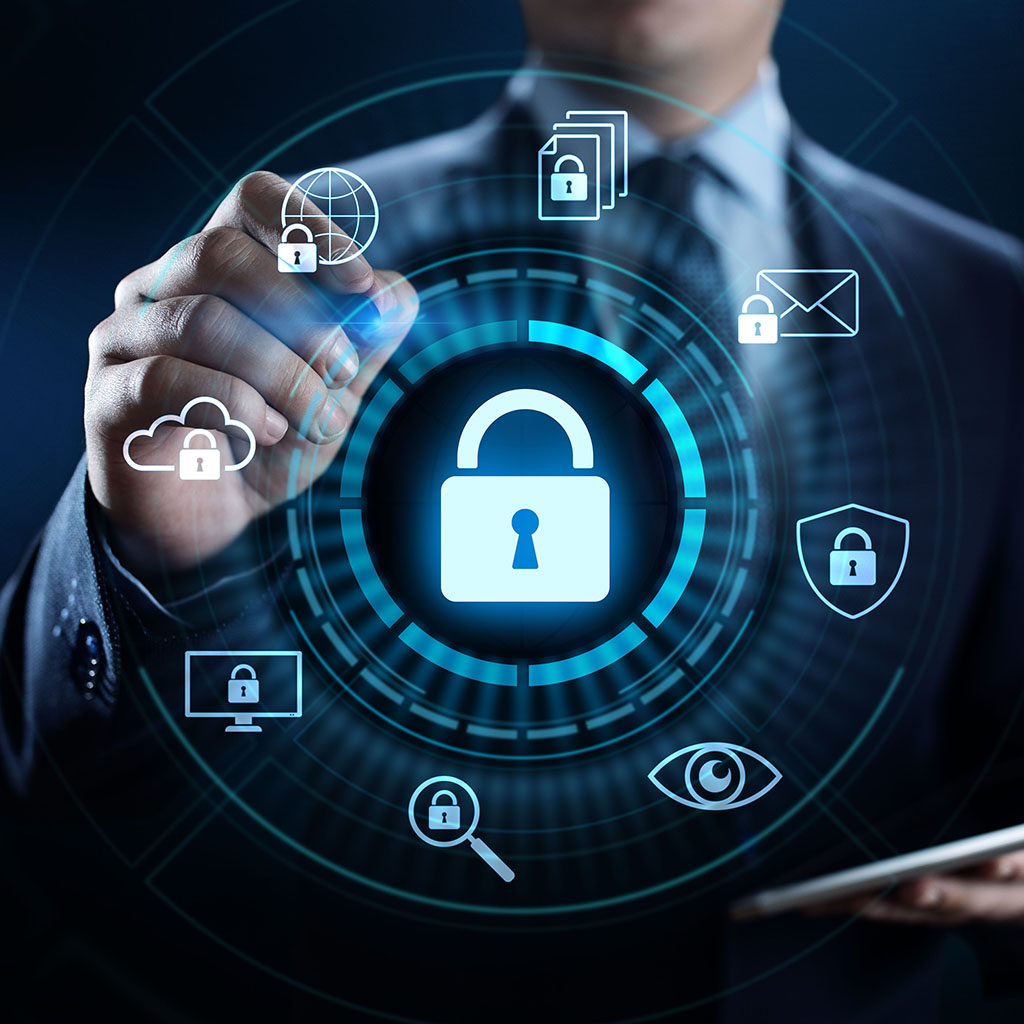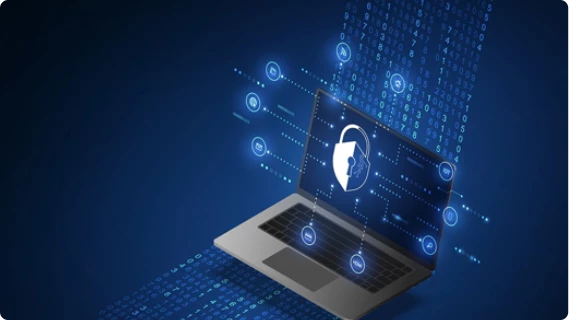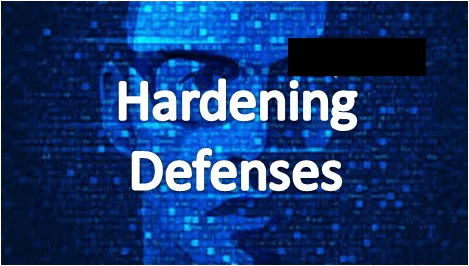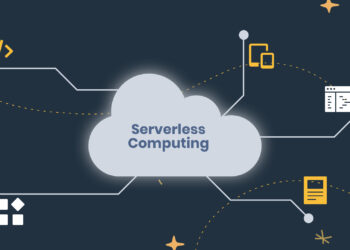In the digital landscape of 2025, the conversation around cybersecurity has shifted dramatically. Gone are the days when a simple antivirus program and a cautionary approach to email attachments were enough. Today, we face a relentless barrage of sophisticated, AI-driven, and financially motivated cyber threats that target everyone from individuals and small businesses to multinational corporations and government agencies. The term “hardening” has moved from IT jargon to an essential survival concept. It’s no longer about merely protecting the perimeter; it’s about building a resilient, multi-layered, and intelligent defense system from the inside out. This is not a task for tomorrow or next quarter. The time to harden your cyber defenses is unequivocally now.
This definitive guide will explore the modern threat environment, break down the core principles of cyber hardening, provide actionable steps for implementation, and look ahead to the future of digital defense. This is your blueprint for building a digital fortress capable of withstanding the advanced attacks of today and tomorrow.
Understanding the Modern Threat Landscape: Why Now?
To appreciate the urgency of hardening defenses, one must first understand the nature of the enemy. The cyber threat landscape has evolved into a highly sophisticated, professionalized industry. Attackers are no longer just rogue hackers in basements; they are organized criminal enterprises, state-sponsored actors, and technologically advanced syndicates. Here are the key drivers making cyber defense hardening a critical priority in 2025.
A. The Proliferation of AI-Driven Cyberattacks Artificial Intelligence (AI) is a double-edged sword. While it aids in defense, it has supercharged attackers’ capabilities. Malicious actors now use AI to automate and scale their operations in ways previously unimaginable. This includes crafting hyper-realistic phishing emails and deepfake videos for social engineering, discovering zero-day vulnerabilities at an accelerated rate, and deploying adaptive malware that can change its code to evade detection by traditional security software. These AI-powered attacks are faster, more precise, and significantly harder to defend against.
B. Unprecedented Sophistication in Phishing and Social Engineering Phishing is no longer about poorly worded emails promising Nigerian fortunes. Modern attacks involve intricate social engineering campaigns. Voice phishing, or “vishing,” uses AI-cloned voices to impersonate executives or family members in distress. SMS phishing, or “smishing,” leverages the trust people place in text messages to deliver malicious links. Business Email Compromise (BEC) remains a multi-billion dollar problem, where attackers meticulously research an organization to send highly convincing fraudulent invoices or fund transfer requests from seemingly legitimate executive accounts.
C. The Industrialization of Ransomware The Ransomware-as-a-Service (RaaS) model has democratized cybercrime. Aspiring criminals no longer need to be technical experts. They can now subscribe to a RaaS platform, which provides them with the malicious code, payment infrastructure, and even customer support, in exchange for a cut of the ransom profits. This has led to an explosion in the frequency and scale of ransomware attacks, crippling hospitals, schools, and critical infrastructure worldwide. Attackers now often employ double or triple extortion tactics—stealing data before encrypting it and then threatening to leak it publicly if the ransom isn’t paid.
D. The Insecure Internet of Things (IoT) Every smart device in a home or office—from security cameras and thermostats to printers and even coffee makers—is a potential entry point for an attacker. Many of these IoT devices are shipped with default passwords and are rarely, if ever, updated, making them low-hanging fruit. Hackers can compromise these insecure devices to form massive botnets (like the infamous Mirai botnet) or use them as a pivot point to gain access to more sensitive parts of a corporate or home network.
E. Persistent and Damaging Supply Chain Attacks Why attack one heavily fortified organization when you can attack one of its less-secure software suppliers and gain access to thousands of its customers? This is the logic behind a supply chain attack. By injecting malicious code into legitimate software updates or vendor systems, attackers can create a trusted pathway into countless target networks. The SolarWinds attack remains a prime example, where a single compromised software update led to the breach of numerous U.S. government agencies and Fortune 500 companies, demonstrating the cascading impact of this attack vector.
The Core Principles of Cyber Hardening
Hardening is a proactive methodology. It’s about reducing your “attack surface”—the sum of all potential vulnerabilities an attacker could exploit. This is achieved by systematically identifying, configuring, and eliminating security weaknesses. This philosophy is built on several foundational principles.
A. The Principle of Least Privilege (PoLP) This is perhaps the most critical concept in all of cybersecurity. It dictates that any user, program, or system should have only the bare minimum permissions necessary to perform its legitimate function. An employee in marketing does not need access to the financial database. A web server does not need administrative rights on the entire network. By enforcing PoLP, you dramatically limit the potential damage an attacker can do if they compromise an account or system. A breached user account becomes a minor incident instead of a network-wide catastrophe.
B. Defense in Depth This principle is based on the military strategy that it is more difficult for an enemy to penetrate a series of defensive layers than a single, strong wall. In cybersecurity, this means implementing multiple, overlapping security controls. If an attacker bypasses your firewall, they should still be met by an intrusion detection system, endpoint protection on the server, data encryption, and access controls. No single security measure is foolproof. A layered approach ensures that the failure of one control does not result in a total compromise.
C. Zero Trust Architecture (ZTA) The traditional security model of a “trusted” internal network and an “untrusted” external internet is obsolete. In a world of remote work, cloud services, and sophisticated insider threats, we must adopt a Zero Trust mindset. The motto of Zero Trust is “Never trust, always verify.” It assumes that threats exist both inside and outside the network. Every single request for access to a resource is rigorously authenticated and authorized, regardless of where it originates. This approach micro-segments the network and enforces strict access policies, effectively eliminating the concept of a trusted internal zone.
D. Proactive Threat Hunting Waiting for a security alert is a reactive posture. Proactive threat hunting is the practice of actively and iteratively searching through networks and datasets to detect and isolate advanced threats that have evaded existing security solutions. It assumes a breach has already occurred and tasks security analysts with finding the “patient zero.” This requires skilled analysts, advanced tools like Endpoint Detection and Response (EDR), and access to comprehensive log data from across the IT environment.
Practical Steps for Hardening Your Digital Infrastructure

Understanding the principles is one thing; implementing them is another. Here is a practical, actionable checklist for hardening your defenses, suitable for individuals, small businesses, and large enterprises.
A. Fortify Your Access Controls with Advanced Password Management The era of simply remembering complex passwords is over. Human brains are not built for it. Mandate the use of a reputable password manager (e.g., Bitwarden, 1Password) to generate and store long, complex, and unique passphrases for every single online account. A passphrase like correct-horse-battery-staple is both easier to remember and exponentially more secure than P@ssw0rd1!.
B. Implement Multi-Factor Authentication (MFA) Everywhere MFA is arguably the single most effective control you can implement to prevent unauthorized access. It requires a user to provide two or more verification factors to gain access. However, not all MFA is created equal. Move away from SMS-based MFA, which is vulnerable to SIM-swapping attacks. Prioritize the use of more secure methods such as:
- Authenticator Apps: Google Authenticator, Microsoft Authenticator, or Authy.
- Hardware Security Keys: YubiKey or Google Titan Key provide the strongest form of phishing-resistant authentication.
C. Enforce a Rigorous and Consistent Patch Management Program Unpatched software is a primary vector for cyberattacks. Attackers use automated scanners to find systems that are missing critical security updates. A formal patch management policy is non-negotiable. This involves:
- Inventory: Knowing all hardware and software assets on your network.
- Monitoring: Staying informed about new patches and vulnerabilities from vendors.
- Testing: Applying patches in a test environment before rolling them out to production systems.
- Deployment: Using automated tools to ensure patches are applied quickly and universally across all endpoints and servers.
D. Secure Your Network Configuration and Traffic Your network is the highway for your data. Harden it by:
- Changing Default Credentials: Immediately change the default administrative username and password on all routers, switches, and firewalls.
- Disabling Unnecessary Services: Every open port or running service is a potential vulnerability. Disable any protocols or services that are not essential for business operations (e.g., Telnet, old SMBv1).
- Using a VPN: A Virtual Private Network (VPN) encrypts your internet connection, protecting your data from eavesdropping, especially on public Wi-Fi.
- Network Segmentation: Divide your network into smaller, isolated segments. This contains a breach to one segment, preventing an attacker from moving laterally across the entire network. For example, guest Wi-Fi should be completely isolated from the internal corporate network.
E. Encrypt Your Most Valuable Asset: Data Data should be protected at all stages of its lifecycle.
- Data at Rest: Use full-disk encryption like BitLocker (Windows) or FileVault (Mac) to protect data on laptops and servers. Encrypt sensitive databases and file shares.
- Data in Transit: Enforce the use of TLS 1.2 or higher for all web traffic (HTTPS) and other communication protocols. Use a VPN for remote access.
F. Build a Resilient Backup and Recovery Strategy It’s not a matter of if you will face a data loss event like a ransomware attack, but when. Your ability to recover depends entirely on your backup strategy. Follow the 3-2-1 rule:
- 3 Copies: Maintain at least three copies of your data.
- 2 Different Media: Store the copies on two different types of storage media (e.g., internal hard drive and a network-attached storage device).
- 1 Off-site and Offline Copy: Keep at least one copy off-site and, critically, offline or “air-gapped.” This prevents ransomware from spreading to and encrypting your backups. Furthermore, you must regularly test your ability to restore from these backups to ensure they are viable when you need them most.
G. Implement Endpoint Detection and Response (EDR) Traditional antivirus software works by matching files against a list of known viruses (signature-based detection). It is largely ineffective against modern, fileless malware and zero-day attacks. EDR is the next generation of endpoint security. EDR tools continuously monitor endpoint and network events, using behavioral analysis and machine learning to identify suspicious activity. When a threat is detected, an EDR solution can automatically isolate the affected endpoint from the network to prevent the threat from spreading and provide analysts with the forensic data needed for investigation.
H. Develop and Rehearse an Incident Response Plan (IRP) When a breach occurs, panic and chaos are your enemies. An IRP is a detailed, written plan that outlines exactly what steps your organization will take in the event of a security incident. It defines roles and responsibilities, communication strategies (internal and external), and technical procedures for containment, eradication, and recovery. This plan must be regularly tested and rehearsed through tabletop exercises to ensure everyone knows their role when a real crisis hits.
The Human Element: Your Most Critical Defense Layer

Technology alone is insufficient. Your employees can be your greatest vulnerability or your strongest defense. Building a “human firewall” requires fostering a deep-rooted security-conscious culture.
A. From Compliance to Culture Security should not be seen as a set of rules to be followed grudgingly. It must be integrated into the company’s DNA as a shared responsibility. This means moving beyond annual, check-the-box training to a continuous program that makes security relevant to each employee’s daily role.
B. Leadership Buy-In and Modeling A strong security culture starts at the top. When executives prioritize security, champion security initiatives, and adhere to the policies themselves, it sends a powerful message to the entire organization. Investing in security tools and training must be framed as an essential business enabler, not a cost center.
C. Continuous, Engaging Training and Awareness Conduct regular, realistic phishing simulations to train employees to spot malicious emails. Provide bite-sized, ongoing education about the latest threats. Use newsletters, lunch-and-learn sessions, and intranet portals to keep security top-of-mind. Make the training engaging and interactive, not a boring slideshow.
D. Encourage Reporting with Positive Reinforcement Create a no-blame culture where employees feel safe reporting a security incident or a suspected phishing attempt, even if they made a mistake by clicking a link. Reward employees who identify and report threats. This turns every employee into a sensor for your security team, providing invaluable early warnings.
The Future of Cyber Defense: What Lies Ahead?
The field of cybersecurity is in a constant state of flux. Looking forward, several trends will shape the future of defense:
- Defensive AI: As attackers use AI, defenders will rely more heavily on AI and machine learning to analyze massive datasets, predict attacks, and automate response actions in real-time.
- Passwordless Future: The industry is moving towards a passwordless model, relying on biometrics, hardware keys, and other cryptographic methods that are both more secure and more user-friendly.
- Quantum’s Impact: The eventual arrival of quantum computing threatens to break much of today’s encryption. The race is on to develop and standardize quantum-resistant cryptography.
- Focus on Cyber Resilience: The acknowledgment that perfect prevention is impossible is shifting focus towards cyber resilience—the ability to withstand, respond to, and recover quickly from an attack, ensuring core business functions can continue even during a crisis.
The Time for Action is Now
Hardening your cyber defenses is not a one-time project; it is a continuous, dynamic process of adaptation and improvement. It demands a holistic strategy that seamlessly integrates advanced technology, robust processes, and a vigilant, security-aware culture. The threats we face are real, sophisticated, and relentless. Complacency is an invitation to disaster. By embracing the principles of least privilege, defense in depth, and zero trust, and by diligently implementing the practical steps outlined in this guide, you can transform your security posture from a brittle perimeter into a resilient, hardened fortress. Do not wait for a breach to be your catalyst. Harden your defenses today.
















